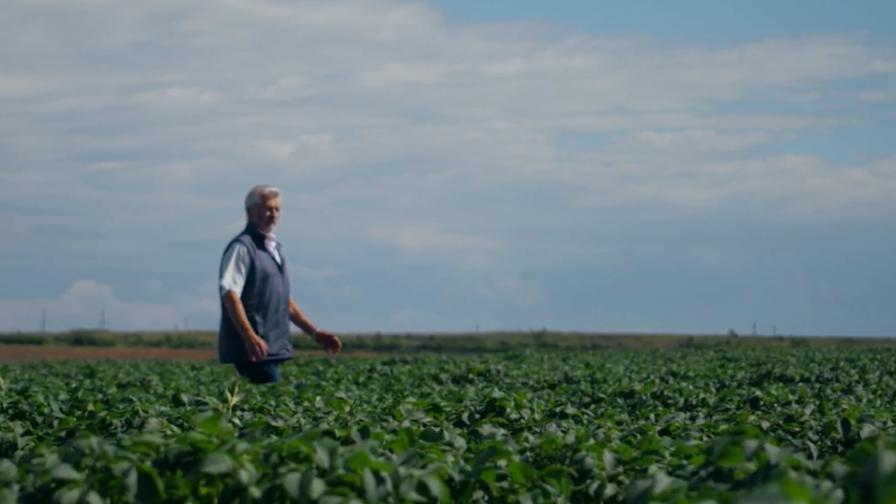Intel on New Crop Protection and Adjuvant Opportunities Revealed at CPDA Conference 2024
The Council of Producers and Distributors of Agrotechnology (CPDA) is “focusing specifically on the underlying theme of advocacy with commercial outcomes,” said Terry Kippley, CPDA President, during opening remarks at the 2024 Adjuvants, Inerts & Crop Protection Conference held at the Loews Ventana Canyon resort in Tucson, Ariz., April 29 to May 1.
Welcoming 250 attendees, the conference offered intel on future opportunities for adjuvant formulators and manufacturers.
One of the top opportunities may be with the U.S. Environmental Protection Agency (EPA) for adjuvant companies to assist in drift reduction for helping growers meet new Endangered Species Act (ESA) standards. CPDA representatives are in communication with EPA officials to get adjuvants listed as a mitigatory solution.
Ag Tech Formulation
Information for additional opportunities was offered during the CPDA Adjuvant University segment of the conference, where presentations covered the latest findings on See & Spray and drone technologies with a focus on application and formulation with presenters like Dr. Rodrigo Werle, Associate Professor for University of Wisconsin, and Dr. Brian Young, Professor of Botany and Plant Pathology for Purdue University.
Dr. Steve Li, Associate Professor at Auburn University, offered insight into future opportunities for drone formulation.
“This is a new market. This is a rapidly growing market,” said Li. “We are in the infancy stage.”
Li said the potential of this new industry is huge with approximately 10,000 drones being used and more being sold in the U.S. every year. There is a need for adjuvant formulations to prevent agrochemicals from vaporizing or drifting away from targeted plants. “Growers want their money to stay where it is supposed to be,” said Li.
Young offered opportunities for the adjuvant industry in encouraging companies to work with graduate students on developing new adjuvants formulations that work with new agrochemical formulations as well as biologicals.
Currently, adjuvant labels aren’t giving instructions on how to use with drones. Research and updating labels with instructions for growers is needed and another opportunity.
Entering the U.S. Market
As far as getting new products into the California market, Renee Pinel, President of Western Plant Health Association, said that bringing new products to California requires companies to think about the benefits to a community, rather than only focusing on the grower’s wins.
“Companies need to start thinking about the perception of risk,” says Pinel. “How will their product be viewed by the community.”
Pinel said that marketing and communication with the California community are important to make sure new products don’t end up on regulatory ban lists.
The conference also offered insights from speakers like Jim DeLisi, President of Fanwood Chemical, on U.S. cases that included Corteva’s 2,4-D dumping and David Li, Marketing Director for SPM Biosciences, reporting on Rainbow’s new manufacturing plant in the U.S.
Photos Courtesy of CPDA.


























